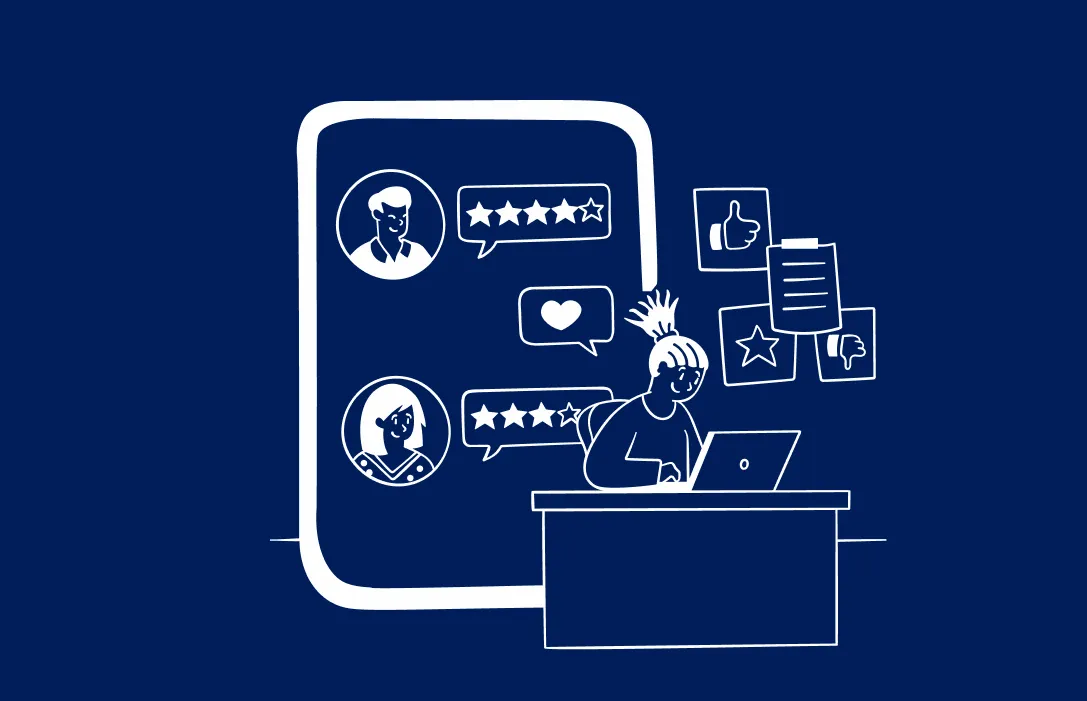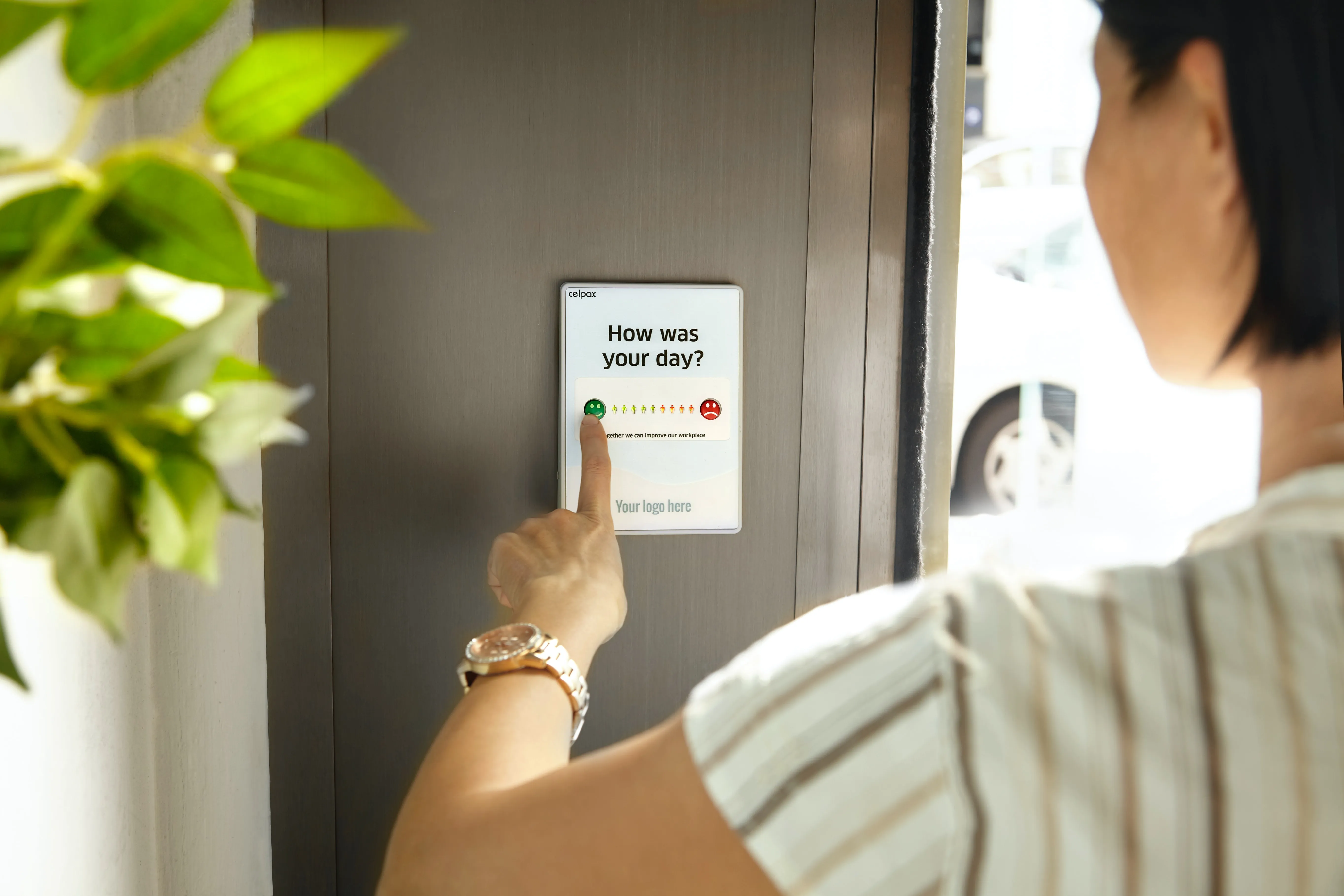Customer support teams face countless challenges every day—but the most troubling one is agent turnover. Attrition rates for contact center representatives range from 30-45% compared to the U.S. average of 12-15% for all industries, according to Quality Assurance and Training Connection.
In the midst of the Great Resignation of 2021, there isn’t an easy answer as to why agents are so keen to jump ship. But it is clear that high turnover rates aren’t sustainable.
Constantly recruiting, hiring, and onboarding new agents is time-consuming and costly. Not to mention it’s detrimental to the quality of your customer service. No team is immune to turnover, but you can put the odds of employee retention in your favor.
Reducing customer support representative turnover requires a deep understanding of your agents’ day-to-day experience and proactive strategies to keep them engaged.
Let’s explore how you can make that happen.
Start by Evaluating the Agent ExperienceBefore you launch any initiatives to retain your agents, it’s essential to find out why they might be tempted to leave in the first place. Here are two ways leaders get a clear view into the agent experience.
Get Feedback from Anonymous Employee Engagement Surveys
The most proactive way to gauge the quality of your agents’ experience is through anonymous surveys, which allow them to voice concerns and frustrations without fear of judgment.
There are several options for survey mechanisms, from dedicated employee engagement platforms like Great Place to Work to free tools like SurveyMonkey and Google Forms.
Including yes-or-no questions in your survey helps you quantify the agent experience, but to uncover why agents feel the way they do, include space for open-ended comments.
Here are some sample questions that can generate actionable insights:
- Do you feel like your voice is heard?
- Do you have a good working relationship with your manager?
- Do you clearly understand your goals and objectives?
- Do you have the resources you need to do your job effectively?
Conduct Exit Interviews
If an agent resigns, set aside 30 minutes to ask them about their decision to leave, as well as what suggestions they have to improve the experience for their former colleagues.
Here are some ideas for exit interview questions:
- Why did you begin looking for a new job?
- Did you feel you were prepared to do your job well?
- How would you describe our team’s culture?
- Is there anything we could’ve done to keep you here?
- Did you have clear goals and objectives?
- What changes would you make to our culture/processes?
Understand the 4 Common Causes of Customer Support Agent Turnover (and What to Do About Them)
Retaining talented agents requires leaders to address the root causes—not the symptoms—of turnover. Let’s explore four issues that contribute to attrition and how you can mitigate them.
1. Unrealistic Expectations and Workloads
Customer support is notoriously demanding work, and managers rank agent workloads among the biggest challenges they face. Putting agents under pressure to handle more tickets and continually improve CSAT scores is a recipe for burnout, which HR leaders say sabotages retention.
What to do:
- Implement or expand self-service options like help centers and chatbots to take the strain off agents. Note: technology can supplement human help, but it can’t replace it. Tech isn’t an excuse to hire fewer agents and give the same amount of work to a smaller team.
- Give agents tools and resources to handle tickets more efficiently: canned responses or maybe new customer service software.
- Hire more agents—sometimes this is the only realistic way to maintain reasonable workloads.
2. Non-Competitive Compensation
There’s no shortage of customer service jobs available. In fact, there are nearly 3 million customer service jobs in the United States, according to the U.S. Bureau of Labor Statistics. Naturally, agents won’t hesitate to jump ship if they can make more money elsewhere.
What to do:
- Compare your agents’ pay to similar jobs in your area as well as your competitors. Matching or beating the going rate may persuade an agent to stay if they’re on the fence. For a detailed breakdown of customer service representative compensation by location, check out this report from the U.S. Bureau of Labor Statistics.
- Consider offering benefits. According to the Work Institute’s 2020 Retention Report, the percentage of interviewees citing benefits as the most important reason for leaving has more than doubled since 2010.
- Offer bonuses and raises as incentives so agents know they aren’t stuck at a dead end.
- Offer the ability to work remotely—more than half of adults want to work primarily from home, even after the pandemic.
3. Inadequate Coaching
Most agents undergo baseline, check-the-list training during their onboarding process. But letting them loose without ongoing, formal coaching can erode their confidence and cause confusion, leading them to seek opportunities elsewhere.
To engage agents and maximize their potential, they need consistent, 1:1 coaching sessions. These close knowledge gaps and keep agents aligned on their individual and team goals.
What to do:
- Collect quality assurance (QA) data to find opportunities for improvement. For example, you might find an agent struggles with product knowledge.
- Establish a cadence to ensure consistent feedback—one coaching session per month is ideal.
- Set up a system to monitor agents’ progress over time. For example, MaestroQA’s coaching dashboard gives 360-degree insights into agent performance metrics. This gives agents a clear understanding of their strengths and what they need to focus on.
- Encourage 2-way feedback during coaching sessions. Letting agents voice their opinions is vital to making them feel like human beings, not cogs in a machine.
4. No Clear Path to Grow
When customer service agents don’t see a path for professional development, they (understandably) disengage and seek other options to level up their career. In fact, career development is the number one cause for employee turnover, according to a report from Work Institute.

What to do:
- Create pre-defined tracks for agents to follow in order to climb the ranks. This roadmap creates clear expectations for advancement, so agents aren’t confused as to why a peer receives a promotion or raise.
- Implement an internal mentorship program where senior agents can help newcomers chart their career path or just be a sounding board.
- Highlight team members’ promotions and key wins to remind everyone that career growth is possible within the organization.
Your Agents are a Valuable Asset. Treat Them Accordingly.
More than two-thirds of brands compete mainly on the basis of customer experience, according to data from Gartner. When the fate of a company hinges on customer support agents, retaining top-performing talent is paramount.
Employee retention doesn’t happen by coincidence, though. It’s the byproduct of strong leadership, empathy, and a culture that actively helps employees grow personally and professionally.
Teams that invest in their agents will reap the rewards of a strong culture and elite customer service. But treating them like a number on a spreadsheet will only increase the turnover rate.
Ready to see how data can give your customer service team a competitive edge in coaching? Get your demo of MaestroQA today.






.webp)
.webp)


.webp)





-p-500.webp)
.webp)
%2520(1).webp)
.webp)
%2520(1)-p-800.webp)
.webp)
.webp)
.webp)
%2520(1).webp)
%2520(1).webp)
%2520(1).webp)
%2520(1).webp)
%2520(1).webp)
%2520(1).webp)
.webp)
.webp)
%2520(1).webp)

.webp)


.webp)

.webp)
.webp)
.webp)


.webp)
.webp)
.webp)

.webp)
.webp)

.webp)



.webp)

.webp)
.webp)

.webp)
.webp)



.webp)
.webp)
.webp)
.jpeg)
.webp)



.webp)
.webp)
.webp)
.webp)


.webp)


.webp)
.webp)

.webp)




.webp)
.webp)


.webp)


.webp)
.webp)

.webp)


